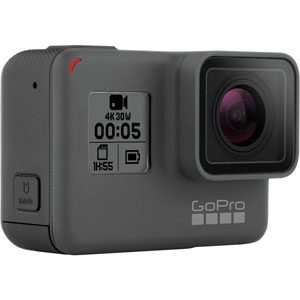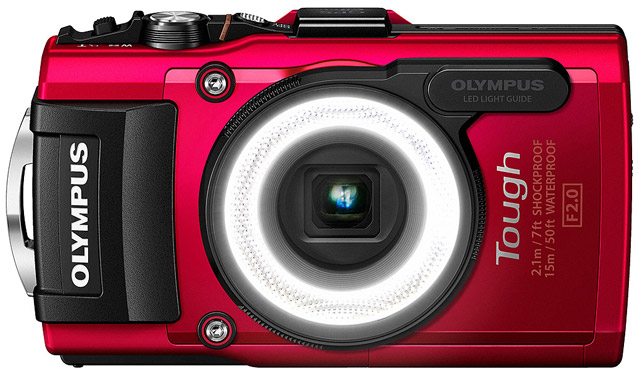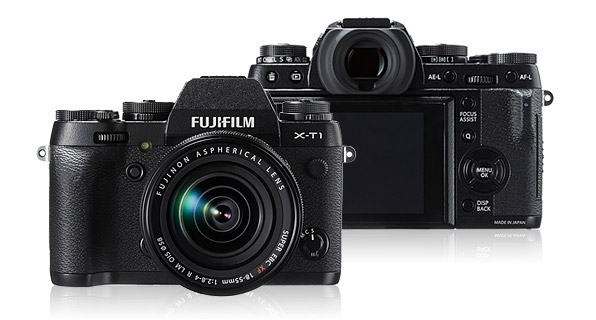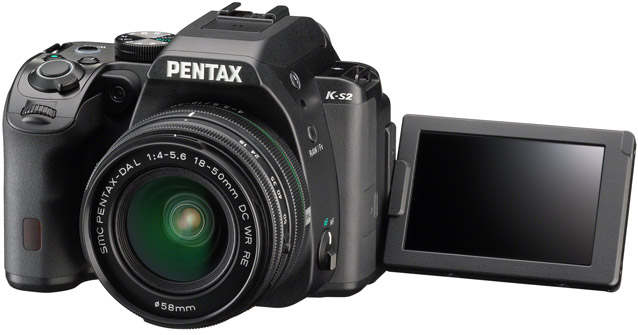



If you spend a lot of time in nature and off the grid, chances are you’ll want to capture the scenery and some action. But which cameras are best for the backcountry? This Active Junky guide can help lead you to the best backpacking camera for your needs and don’t forget to sign up for Active Junky for exclusive deals and cashback on your gear purchases.

Ready to have your mind blown? All cameras are backcountry cameras, even your smartphone camera. Or at least they can be.
To help you navigate the complex world of cameras, we’ve outlined basic categories for both fixed lens and interchangeable lens cameras, from simple action cams to the best professional-level DSLR cameras. Each has pros and cons, so read on to decide which camera type is right for your backcountry adventures.
Fixed lens cameras are less expensive, more compact and easier to use than interchangeable lens cameras, making them a great choice for amateurs and even experienced photographers who don’t want the weight of a DLSR. They are not as versatile as interchangeables, but they are a great way to get started with photography.

 After several years and many iterations, GoPros and similar action cameras have never been better. GoPro is certainly the house-hold name synonymous with action cam, but there are also alternatives that will save you some cash.
After several years and many iterations, GoPros and similar action cameras have never been better. GoPro is certainly the house-hold name synonymous with action cam, but there are also alternatives that will save you some cash.
Pros – light, small, indestructible (water and shockproof), infinitely versatile (attach it anywhere), can be controlled by your phone, and produces video
Cons – short battery life (on newer models), no built-in stabilization, doesn’t always have a rear LCD screen (for setting up shots), and a fixed focal length (can’t zoom in or out)
Recommended Buys:
Why did we pick it? GoPros have the market cornered on this category. And their latest top-of-the-line HERO5 Black is phenomenal, with incredible photo and video quality. There’s a reason so many people use them.

Point and shoot cameras are great options if you want to start simple but also want a step up in quality from most smartphone cameras. It’s easy to learn all the basic settings, and they’re compact and easy to carry around. And they’re some of the cheapest cameras.
Pros – light, compact, simple, relatively inexpensive, manual options, decent zoom, waterproof options
Cons – small sensor (regardless of megapixel count), no interchangeable lenses

Recommended Buys:
Why did we pick it? The TG-4 is just that – tough: waterproof to 50ft, shockproof from 7ft, crushproof to 220lbs, and freeze resistant to 14°F. And it takes pretty good looking photos, too! You can bring this camera almost anywhere and not worry about it.
Interchangeable lens cameras are a step or two (or twelve) beyond fixed lens cameras. They’re incredibly versatile as each manufacturer offers numerous lenses designed specifically for their cameras, and the addition of a lens adapter makes your options virtually limitless. While these are more complex and will require some practice, if you want total control over your camera, consider an interchangeable model.
Important Note: Keep in mind that with interchangeable lens models, the camera itself is only half of the equation, lenses being the other half. We do not dive into lenses in this guide, and the cameras listed below will come with a stock lens, but remember to experiment with other lenses to up your photography game.

Mirrorless cameras: the future of photography. Not only can they do nearly everything a DSLR can do, but they’re smaller, lighter and less complicated. If you want to go the interchangeable route with more customization, consider a mirrorless camera.
Pros – interchangeable lenses, smaller than DSLRs (though larger than point and shoots), solid video capabilities, electronic viewfinder, faster burst shooting
Cons – still not a DSLR, tend to have worse battery life (than DSLR), problems with continuous autofocus tracking (for sports and nature photography), and typically smaller sensor sizes (at least than high-end DSLRs)

Recommended Buys:
Why did we pick it? The Fujiflim X-T1 is weather sealed and freeze resistant to 14°F. This makes it easier to bust out—wherever, whenever.
The distinction between crop DSLRs and full-frame DSLRs is the sensor size, which affects image quality, low-light sensitivity, and focal length. Crop’s smaller sensor makes your pictures look like the lens is zoomed in. If you don’t have a lot of DSLR experience but want one for the backcountry, a crop camera is a good place to start.
Pros – full manual control (if you choose it) over everything, long battery life, optical viewfinder, interchangeable lenses and larger sensor sizes than many mirrorless options. Some are weatherproof, too.
Cons – bulky bodies, smaller sensor size and lower build quality than full frame options.

Recommended Buys:
Why’d we pick it? The Pentax K-S2 is weather sealed and well-priced for those hoping to get started in the DSLR world. Upgrade to the 70D if video is something you’re interested in, or the 7D Mark III if you’re looking for a professional grade camera.

Many professionals rely solely on full-frame DSLR cameras. If you’re new to this type and quality of camera, just note that they are not cheap, and their features can be complex. But, they will give you the best quality of pictures possible.
Pros – Full-frame sensors, as the name implies, offer a wider scope than crop sensors. These are the best of the best (at least as far as image quality goes). Most will be weatherproof.
Cons – heavy, large, expensive and complicated. Need to be paired with equally expensive lenses to be worth buying.

Recommended Buys:
All three of our picks are professional-level DSLR cameras, so the one you choose depends on how much you’re willing to spend on additional features and picture quality, or if one brand speaks more to you. Happy hunting!
Still not convinced you want to lug a camera into the backcountry? Read up on “6 Reasons to Bring a Camera into the Backcountry.”